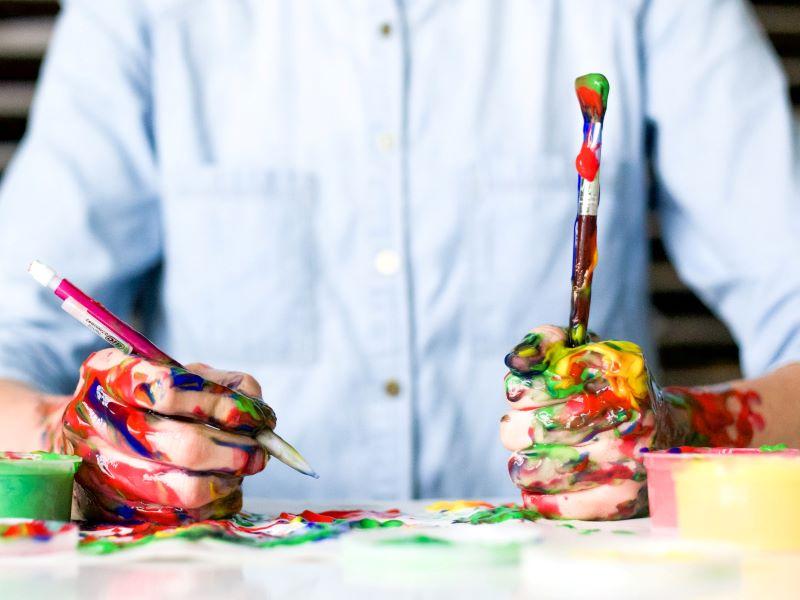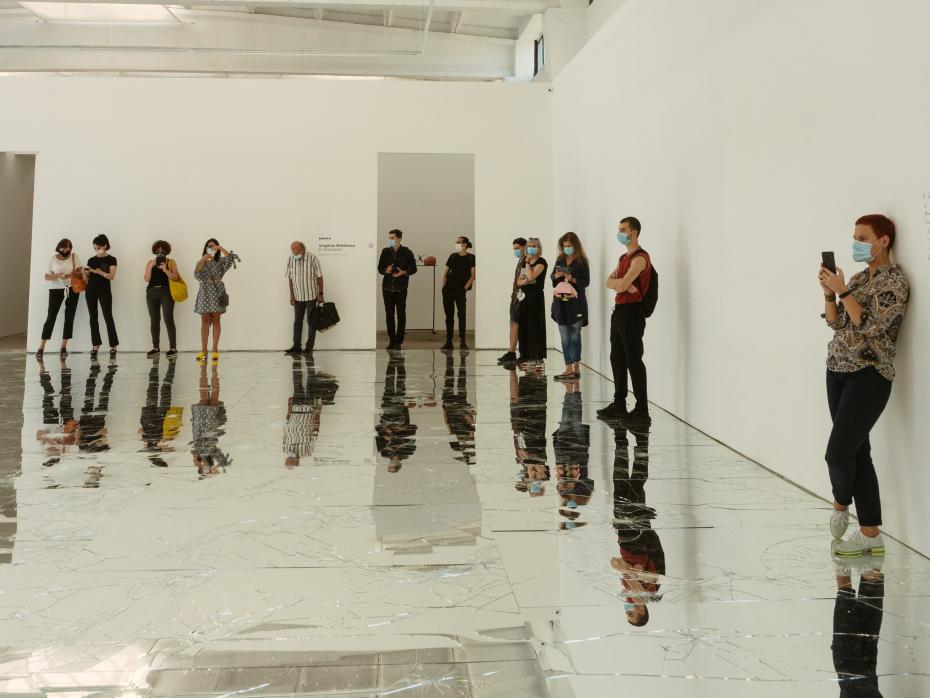Inspiring creativity and student engagement in the virtual school can be a challenge. The collective energy we generate when we share a physical space is not something that can be readily recreated online.
Getting outside our comfort zones is not an easy thing to do while sitting at home alone. To be creative, we need to push ourselves, and if our drive is already low due to life constraints, the energy needed to make the magic happen must double.
- Resources for advice to inspire creativity in higher education
- A guide to what good assessment looks like online
- Sparking online joy: five ways to keep students engaged
How can we creatively shake things up using the online media that threaten to homogenise even the most disparate group of students? I asked myself this question near the end of the fall semester when my students’ weariness weighed heavily on me. The answer found me thoroughly revamping the final assignment in my design course.
I had been using the same capstone project for years: the design of a poster series based on a book. I knew the project, the slide show, even the results – the project had started to feel repetitive and formulaic. Just the thought of it bored me.
If I was going to ask my students for one last big effort, I needed to propose something exciting and new – a project for which no one would know the solution beforehand, not even me.
After reflecting on successful projects I had taught before, I created an open-ended assignment, which I presented to students as an invitation to invent, discover and learn under individual direction but towards a common goal.
To raise the stakes, I invited Canadian author Iain Reid, who wrote Foe – the chosen book – to visit the class. The students’ questions and perspectives on the book surprised and delighted Reid, who commented that this opportunity to collaborate with design students had been original and unique. “Art inspires art,” he said.
Shaking things up seemed to do the trick. Attendance spiked, students’ interest grew and the result was one of the most interesting displays of creativity I have seen in many years of teaching.
Here are the features I considered when turning my final project into a creative success:
Keep it real (if possible)
Assignments that have real problems to solve and real stakeholders help students feel more accountable, and their emotional investment increases.
How to: Involve people from the outside world in the dialogue with students at both the start and end of the project – mimic real-world client experiences, find non-profit organisations that need work done, talk to other professors in your school that might want to collaborate with students in their research projects.
Present attractive and rewarding goals to work towards
The grade is not enough of a reward. Extending the measures of success outside the classroom helps students feel that the efforts are more worthwhile.
How to: Final presentations of work; competitions with prizes; online galleries; features in local media; submission of selected work to student awards, your school newsfeed or student magazines.
Make room for different levels of engagement and skill
While some students might be in the mindset for a challenge, some might be experiencing higher emotional burdens due to the current global situation.
How to: Create options for all levels of engagement from high to low. Allow students to try something new, review and practise, or simply find the easier way to get the job done. Summative assessments will allow you to evaluate these open projects based on individual student progress rather than according to a set bar.
Set light parameters, but do not set a finish line
Parameters give students a clear sense of where to start and what to work towards. But leaving the project open-ended helps everyone relax, while allowing the teacher to assist each student in their own unique journey.
How to: Build your assignments with several options for outcomes; describe possible scenarios of what could be done (make sure to write plenty of “What if…” situations); and ease off on the dos and don’ts.
Encourage interaction
Having a space for asynchronous feedback and peer collaboration helps create a sense of continuity and community. It is also a great way to share, see each other’s work, and get involved and inspired.
How to: A workspace such as Slack is a great way for students to find ongoing peer support and encouragement. In this space, each student has a dedicated channel where they regularly post their progress, and where they also give and receive written feedback.
Celebrate student success
End the project with an event!
How to: Whether it is an informal show and tell or a round of formal presentations, make sure you create a space where students can talk about their experience, feel accomplished and – why not? – show off a little. To raise excitement, invite people in your learning community and other stakeholders involved to come and listen. What I learned is that it is a lot easier for guests to drop in for online presentations than the face-to-face kind. And lastly, don’t forget to encourage a lot of silent clapping.
My conclusion from this experiment is that variety, a sense of community and a dose of reality are all key to re-energise the online classroom and spark creativity. These features lead to students feeling respected, supported and trusted, and therefore more willing to participate, do the work and go beyond what is asked of them.
Constanza Pacher is an assistant professor in the design programme at MacEwan University.
If you would like advice and insight from academics and university staff delivered direct to your inbox each week, sign up for the Campus newsletter.




comment